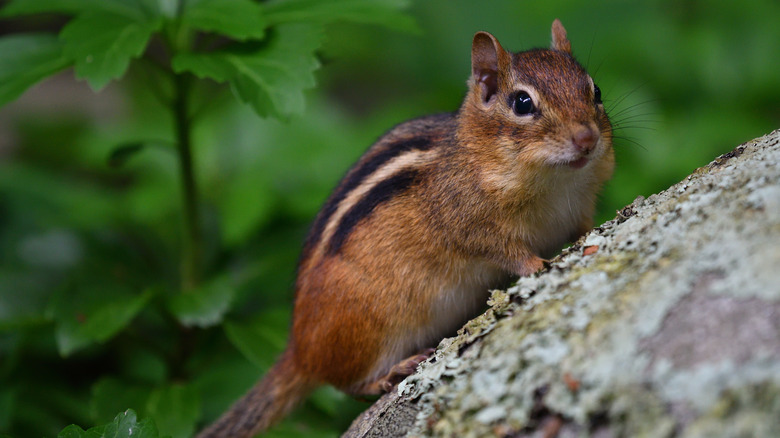At California's Yosemite National Park, Aggressive Wildlife Encounters Are On The Rise (And It's Not The Bears)
It's no secret that Yosemite National Park, in California, has long been known for its majestic cliffs, waterfalls, notoriously difficult trails, and wildlife. However, in recent seasons, an unexpected hazard has emerged for park visitors — and no, it's not the iconic black bears. It's the rodents. Park rangers and visitors alike have reported an increase in aggressive behavior from squirrels, chipmunks, and even mice, some of which have approached or even bitten unsuspecting tourists. These encounters, once rare, are now part of a troubling pattern that experts say is linked not only to food conditioning, but also to federal budget cuts and staffing losses within the National Park Service.
The federal government is currently being significantly downsized, and several agencies — including the National Park Service — are being severely cut. In fact, the budget reduction for national parks alone is set to be $1.2 billion. As a result, Yosemite — along with almost every national park in America — has been operating with fewer rangers, fewer public education programs, and less wildlife management staff. These staffing shortages have made it harder to maintain safe, clean campgrounds, monitor animal behavior, and educate the public about wildlife hazards.
Although bears tend to draw most of the attention, rodents can pose some serious health risks. While squirrels and chipmunks may look cute, they can carry deadly diseases. These include the bubonic plague, hantavirus, and rabies — all of which can be transmitted through bites, scratches, or even contaminated droplets from coughs and sneezes. Reports of visitors being bitten while feeding animals, or simply sitting at picnic tables, have become increasingly common.
Staying safe from wildlife attacks at Yosemite
So, how can visitors stay safe? According to recommendations from the National Park Service, the most important rule is never to feed wildlife, no matter how tame a cute squirrel might look. Food conditioning is a major factor in rodent aggression. Once these animals associate humans with easy meals, they're more likely to approach (or pounce on) anyone carrying snacks. That said, you'll want to keep food in sealed containers, dispose of trash properly, and avoid eating in areas where rodents are visibly active. It's also smart to keep a safe distance, even if a squirrel or chipmunk seems friendly, and resist the urge to pet or photograph them up close. This also applies if you run into a bear while camping or hiking in Yosemite (or anywhere else).
If you do get bitten or scratched, don't just ignore it. Wash the wound immediately with soap and water, apply antiseptic, and seek medical attention as soon as possible. It's also helpful to report the incident to a park ranger, so they can track wildlife behavior and warn other visitors.
Regarding health concerns, symptoms of plague can start to show up anywhere between two and six days after contact with an infected animal. If you find lymph nodes in your groin, neck, or armpit, these might be signs of the bubonic plague (via CDC). Alternatively, the septicemic plague is manifested by high fever, fatigue, weakness, bleeding disorders, and blackened skin tissue. The most dangerous type of plague is the pneumonic plague, according to the Cleveland Clinic. This illness affects the lungs, and typically manifests as difficulty breathing, coughs, and blood in saliva.

